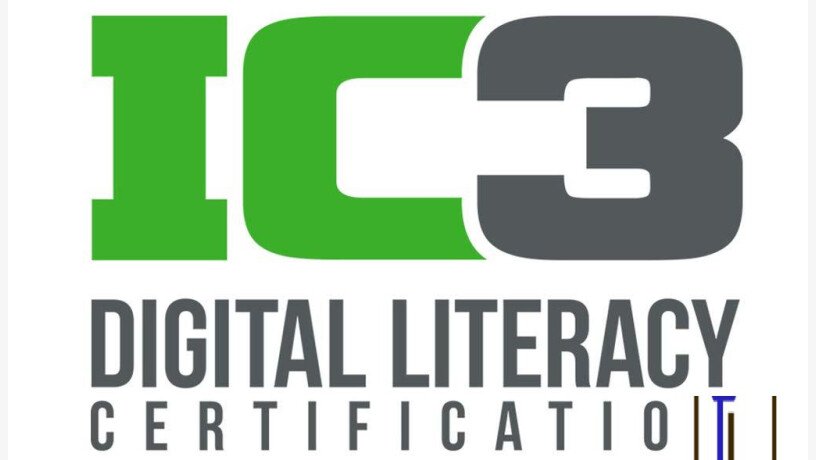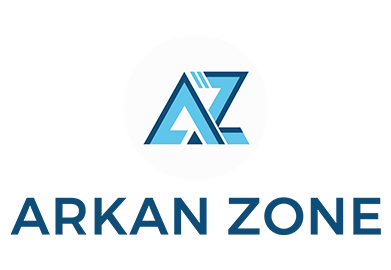
وصف الدورة
تعتمد دورة CompTIA Network + على معرفتك الحالية على مستوى المستخدم وخبرتك مع أنظمة تشغيل الكمبيوتر الشخصي والشبكات لتقديم المهارات والمفاهيم الأساسية التي ستستخدمها في الوظيفة في أي نوع من مهنة الشبكات. إذا كنت تسعى للحصول على شهادة CompTIA الفنية ، فإن شهادة CompTIA A + هي خطوة أولى ممتازة يجب اتخاذها قبل التحضير لشهادة CompTIA Network +
ولأن أمن الشبكات يتضمن مجالات مختلفة لأمن بما في ذلك كشف التسلل وجمع الأدلة والدفاع ضد الهجمات الإلكترونية والعديد من التفاصيل نقدم لكم هذا الكورس على يد مجموعة من المتخصصين في هذا المجال.
محتويات الدورة
IC3 Module ACourse Description This module includes the knowledge and skills required to identify different types of computers, the components of a personal computer (including internal components such as microprocessors) and how these components work together. The module also includes the knowledge and skills relating to computer storage as it applies to hardware components like floppy and hard disks and performance as it applies to processor speed and memory. COMPUTER HARDWARE Identify different types of computers, how computers work (process information) and how individual computers fit into larger systems Identify the function of computer hardware components and common problems associated with individual components Identify issues relating to computer performance and how it is affected by different components of the computer Identify the factors that go into a decision on how to purchase a computer or select a computer for work, school, or homeCOMPUTER SOFTWARE Identify how software works and how software and hardware work together to perform computing tasks Identify different types of software, the tasks for which each type of software is most suited, and the popular programs in each software categoryUSING AN OPERATING SYSTEM Identify what an operating system is and how it works Be able to manipulate and control the Windows desktop, files and disks Be able to change system settings and install softwareKey Applications
IC3 Module BCourse Description This module includes the knowledge and skills required to perform functions common to all Microsoft Windows applications with an emphasis on the common functionality between the two Microsoft Office applications, Microsoft Word and Excel. Elements include the ability to start and exit either the Word or Excel application, modify the display of toolbars and other on-screen elements, use online help, and perform file management, editing, formatting and printing functions common to Word, Excel and most Windows applications. COMMON PROGRAMME FUNCTIONS Be able to start and exit a Windows application and utilize sources of online help Identify common on-screen elements of Windows applications, change application settings, and manage files within an application Perform common editing (cut, copy, paste, spell check, etc.) and formatting (fonts, margins, tabs, etc.) functions Perform common printing functions WORD PROCESSING FUNCTIONS Be able to format text and documents including the ability to use automatic formatting tools Be able to add tables and graphics to a document SPREADSHEET FUNCTIONS Be able to modify worksheet data and structure Be able to sort data and manipulate data using formulas and functions Be able to format a worksheet Be able to add pictures and charts to a worksheet
Living online
IC3 Module Course Description This module includes the knowledge and skills required to identify common terminology associated with computer networks and the Internet, components and benefits of networked computers, the difference between different types of networks (LAN and WAN), and how computer networks fit into other communications networks (like the telephone network). NETWORKS AND THE INTERNET Identify network fundamentals and the benefits and risks of network computing Identify the relationship between computer networks, other communications networks (like the telephone network) and the Internet ELECTRONIC MAIL Identify how electronic mail works Identify how to use an electronic mail application Identify the appropriate use of e-mail and e-mail related “netiquette” USING THE INTERNET Identify different types of information sources on the Internet Be able to use a Web browsing application Be able to search the Internet for information THE IMPACT OF COMPUTING AND THE INTERNET ON SOCIETY Identify how computers are used in different areas of work, school, and home Identify the risks of using computer hardware and software Identify how to use the Internet safely and legally
0.00





0 ratings































